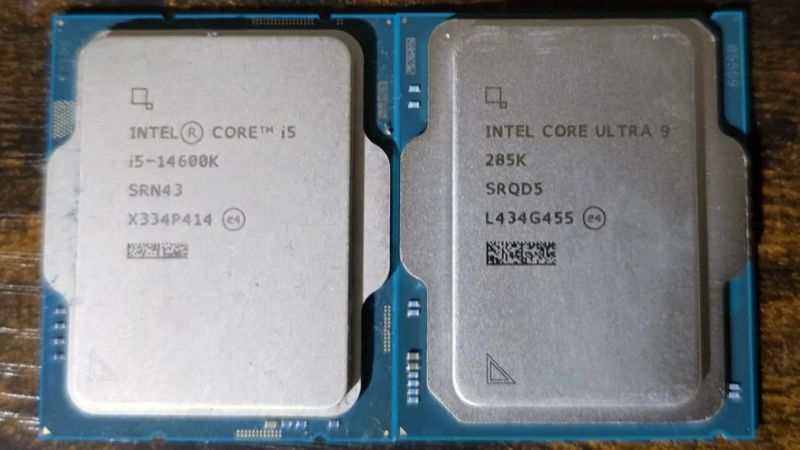Intel LGA 1700 processors had an elongated rectangular shape and did not have high structural rigidity, so under the influence of clamping forces in a standard socket they bent, worsening heat dissipation conditions and causing overheating. Clamping frames created by third-party companies for these processors, designed to solve the described problem, cannot be used on the LGA 1851 platform.

The latter involves the use of Intel’s recently introduced Arrow Lake processors and compatible motherboards based on the Intel Z890 chipset, among others. As the resource Tom’s Hardware explains, the printed circuit board of LGA 1851 processors is almost the same in size from LGA 1700, but the heat spreader cover used by the former has slightly different dimensions that do not allow them to be combined with existing clamping frames for LGA 1700. These frames were designed reduce processor bending when installing heavy cooling system elements and improve heat dissipation conditions. In some cases, the processor temperature under load was reduced by 12 degrees Celsius.
In addition, as representatives of Tom’s Hardware explain, the hottest point of Arrow Lake processors has shifted slightly relative to their predecessors, so they may require not only new clamping frames, but also adapted water blocks. The good news is that manufacturers of Intel Z890 chipset motherboards are ready to equip them with Arrow Lake-compatible pressure plates, so users do not have to waste time and money on purchasing them. Considering that accessory manufacturers are in no hurry to announce clamping frames for LGA 1851, it may well turn out that they will indeed be included with motherboards “by default” – at least with older models of motherboards based on the Intel Z890 chipset.